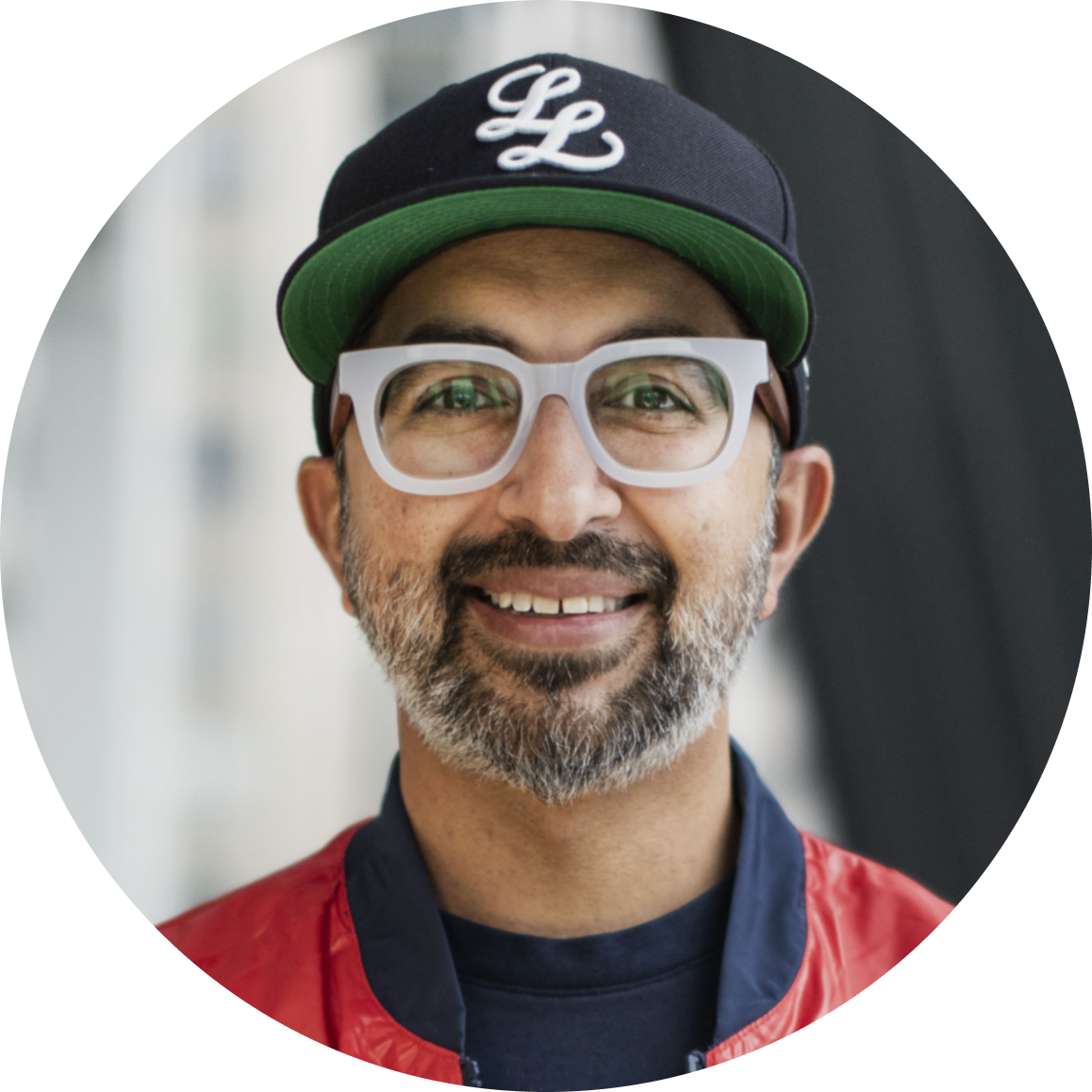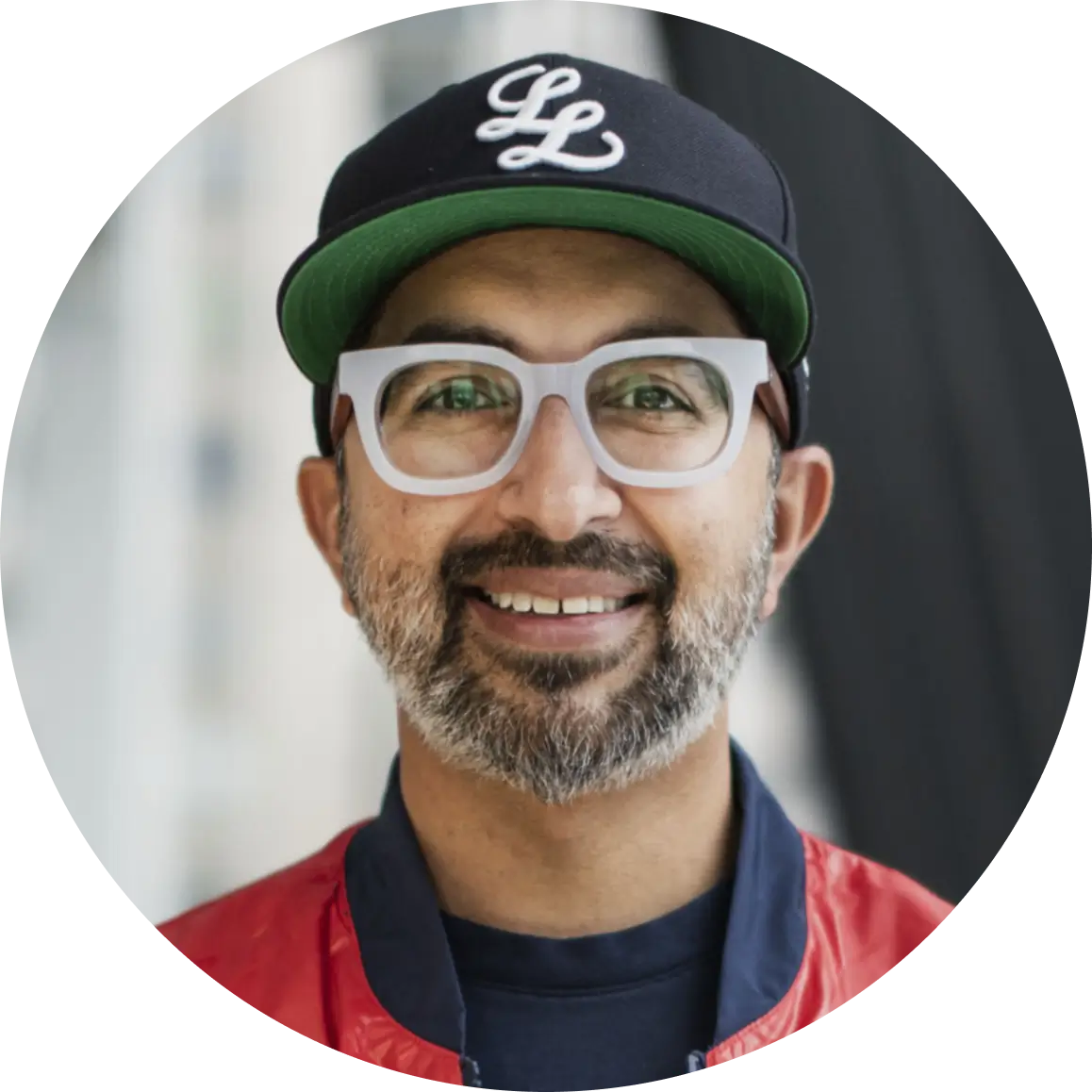Challenger Brands rarely get the luxury of perfect data. There’s never enough time, budget, or certainty. But that doesn’t mean the decisions get smaller.
We sit inside some of the most exciting Challenger Brands, sometimes for a specific goal, like raising a round of funding, and sometimes for the long haul, as a strategic business transformation partner. Often, one of the toughest parts is helping them make big decisions with imperfect information.
Here are three stories from the field that show what it looks like to make smart decisions by, to some extent, going with your gut.
1. Laughing with the algorithm
Performance marketing is often thought of as a science where you have all the data needed to make decisions. We think of it as an art, where you take what you know, make bets and optimize from there.
The challenge: For Pura, we had a theory that humorous statics may outperform UGC video. This bet was based on past cheeky UGC wins, competitor video/static mix, organic social trends and fit with the playful brand voice. Basically, humour works on social and poop is inherently humorous (I mean cmon, we are selling poop catchers on the internet, people). But we couldn’t be sure.
What we did: With a small budget and tight test parameters, we launched five humorous static ads. Each leaned into humour by breaking the 4th wall.
What it unlocked: Cost per lead came in at less than half of some of the best-performing UGC assets in the same account. The humour broke through, drove results, and validated the opportunity of static ads for the brand.
2. When one product faces two realities
The challenge: I’ve stepped into a broader role as CMO of Origin Brands, overseeing two in-house brands—Seggiano and Bellucci. With presence in both the UK and US markets, we needed to understand the perception and performance of our EVOOs across very different consumer landscapes. We had a hunch: that applying one lens to both markets wouldn’t tell the full story. But with limited data, we had to find a way to assess the gut feelings with more rigor.
What we did: We led a deep dive into 30+ EVOO brands across both regions—analyzing product positioning, packaging, and the evolving cues consumers use to evaluate quality. We mapped the different expectations shaping purchase behaviour in each market and studied how challenger brands are rewriting the rules. Then, we built an attribute-weighted scorecard grounded in real consumer priorities—things like sourcing transparency, packaging clarity, flavour notes, and storytelling depth.
What we uncovered was clear: success in the US and UK markets requires different strategies. What earns trust and drives purchase in one geography may fall flat in another. The scorecard helped make this visible and gave our team a shared language for evaluating strengths and gaps across brands and markets.
What it unlocked: We now have a framework to bring more objectivity into a space that’s often defined by gut feel. It’s helping us align global teams, assess where to push, and clarify the path forward—without waiting for perfect data.
3. When pitching becomes a pressure test of instinct
The challenge: Pitch decks can look deceptively simple. But behind a clean set of slides is a complex blend of gut instinct, storytelling finesse, and calculated risk. We’re currently supporting a new Challenger Brand in the baby and toddler space – one poised to shake up the playground with a game-changing product. The goal? Secure millions in funding. The challenge? Knowing when your story is compelling enough to stick.
What we did: In early-stage pitching, you’re navigating more ambiguity than clarity. You’re betting on which narrative will resonate, what structure earns attention, and how to say more with less. To sharpen our pitch, we combined fast-moving AI tools with strategic research. First, we fed LinkedIn post insights from leading VCs into a custom GPT to benchmark against best practices. Then we layered in sector-specific knowledge to evaluate the deck through the lens of a VC in the exact space we’re targeting. This dual-pronged approach became our AI co-pilot – an always-on, brutally honest second gut check that pressure-tested our thinking at speed.
What it unlocked: Greater clarity and confidence in our pitch story, plus a framework to adapt with feedback after every investor conversation. This process created a replicable playbook we’ll use to support future clients raising in high-stakes categories
The Takeaway
You won’t always have perfect info. But that doesn’t mean you wait. Smart brands get better at listening to the early signals, trusting tested instincts, and making bold calls with what they do know.


